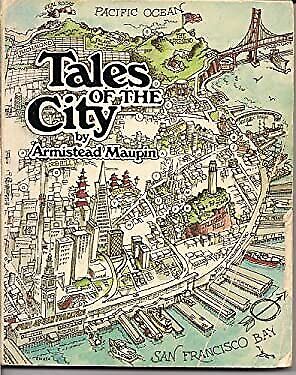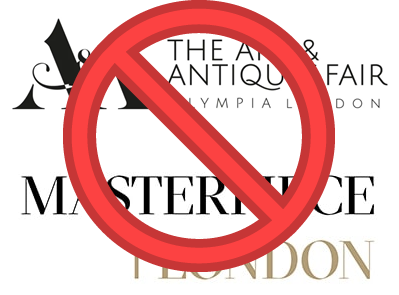
In the 2017 documentary ‘The Untold Tales of Armistead Maupin’, Maupin defines himself as a writer who’s gay, and not a gay writer. Ostensibly an important distinction and an odd one to make, given how he’s lived his adult life as an out gay man, and his initial claim to fame, Tales of the City which ran to several volumes, was nearly iconoclastic in its depiction of gay characters, and serialized in The San Francisco Chronicle.
However, at the time, I understood what Maupin meant, that he sought not to be pigeonholed as a writer whose works of fiction could only extend to portrayals of gay characters. He sought, in what I think he considered somewhat polemical, to resist being marginalized by his sexuality.
Well, okay, but it has been six years since I heard him make that statement, and for longer than that, I’ve been niggled by what a statement of that sort connotes, that in fact, queerness is solely an aspect of one’s makeup, not the totality of what makes one whole. But what’s implied, however, is that one’s being queer can be compartmentalized, which sounds awfully like some kind of cop out, a communication to the larger world that queerness is safe and not to be feared as queers can contain their queerness within them.
Well, screw that. Indeed, my own sexuality is not the whole of who I am, but it is pervasive, and as concomitant in my being as my blue eyes. I suppose when I write it is not always about gay men, but it is always from the point of view of a gay man. How can it not be? And moreover, why should it not be?
And that’s I suppose what troubles me about Maupin’s statement, that he shouldn’t be pigeonholed but in effect, his statement says he’s acquiesced in a broader societal effort to marginalize him.
And as pervasive as my own sexuality is, is the effort to deflect it. Subtle though it might have been formerly, now into my eighth decade it is sadly surprising how often I encounter homophobia. The most frequent, when, in meetings, I find someone explaining something to me in excruciatingly simple terms, and when my response is to make my interlocutor aware that their effort is not only unnecessary but dismissive of my own intellect and experience, I will often encounter pushback that can result in an exchange that will become strident. The why of this I should long since have understood when, well over 60 years ago, a friend- indeed at the time my best friend- described the employment of an epicene man of our acquaintance as, quoting, ‘a fag job.’
Indeed, that is how queer men are yet seen, with some manner of adle-brained, light-in- the- loafers trope still very much alive and operative, and so ingrained that, when someone such as me rails against it, it engenders either insistence, or dismissal. Homophobia? Indeed, and perhaps of the worst kind as the perpetrator, I’m sure, would be horrified to be branded a homophobe, so as a consequence would be unlikely to even consider the opprobrium of their mindset, much less to alter it.
I can’t say that Keith McCullar and I are modern day embodiments of Harmodius and Aristogeiton, but we’re both socializing strike forces. Within the very first few minutes of conversation with a stranger, both of us make a point of making it quite clear that we’re gay. ‘Socialization’, I’ve always called it, an effort even if it is practiced on one benighted person at a time to make them aware, with me as a living exemplar, of the ubiquity of queerness. Mind, of course it is easier for Keith and me than for others. We’re men, and we’re white and I readily admit we’ve manifold fewer challenges than any woman or any person of colour.
But we do it as it is what we can do if we don’t do anything else. I was almost going to write something about how whatever makes as much difference as one pebble on the beach, in the fulness of time, might make so-called safe spaces for the queer community redundant. Would that they didn’t have to but within the jollity of Gay Pride Month, the safe spaces- gay bars and clubs and any other manner of venue- exist not despite, but primarily because of, the yet pervasive homophobia we need to fight against .








